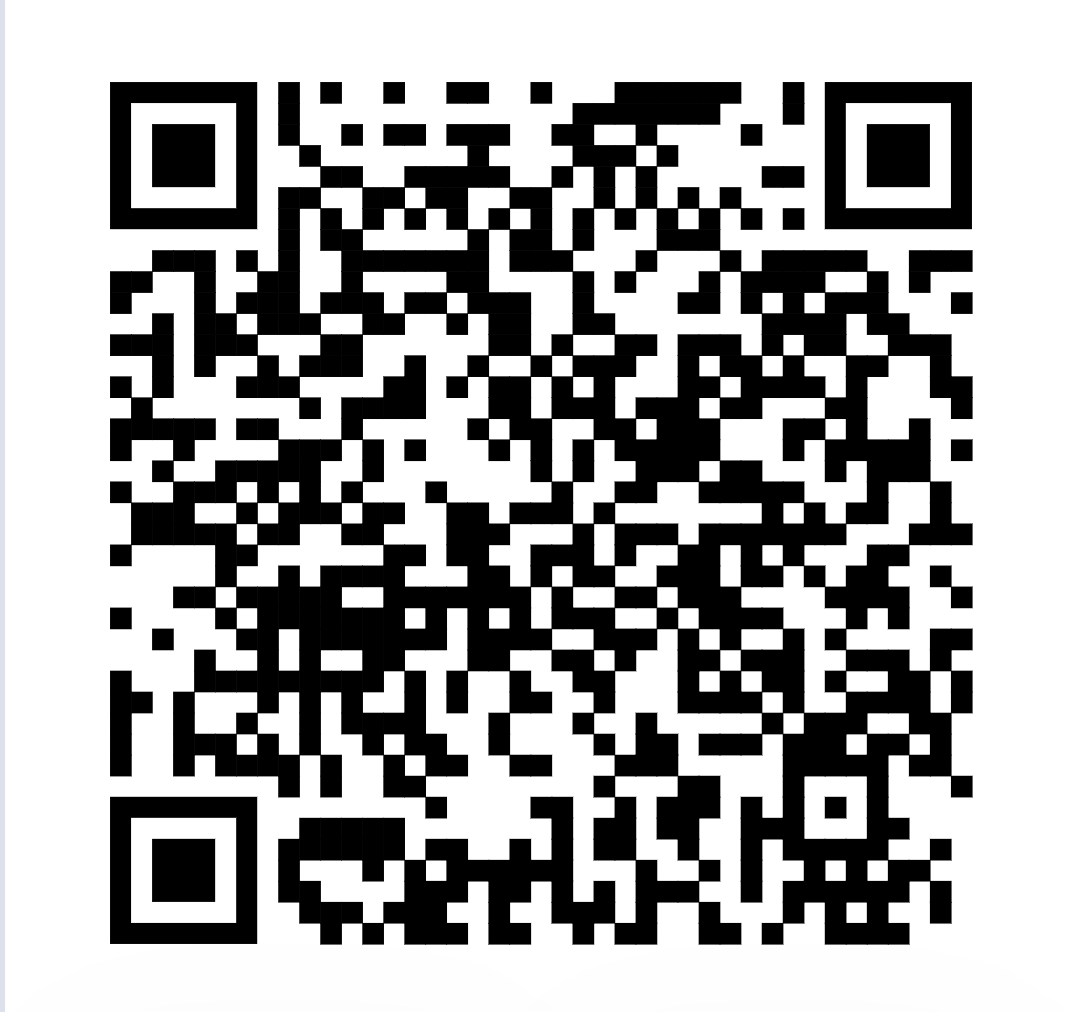Da 20 anni – dal 2003 – slowforward offre materiali e aggiornamenti sulle scritture di ricerca, segnalazioni di reading di prosa (e poesia), conferenze, recensioni, critica letteraria, traduzioni, immagini, video, audio, gif, politica, polemiche, mazzate al mainstream, mostre di arte attuale e incontri, materiali verbovisivi, glitch, scrittura asemica, musica sperimentale, collage, cut-up, installazioni, archivi della ricerca testuale, artistica e musicale dal Novecento a oggi.

Chi desidera iscriversi al canale WhatsApp di slowforward (che veicolerà sempre anche le novità del sito gammm) può farlo scansionando il QR code oppure cliccando su uno dei seguenti indirizzi:
https://tinyurl.com/slowforward-wapp
* * *
Chi invece preferisce seguire il canale Telegram di slowforward può senz’altro cliccare su https://t.me/slowforward
#scritturadiricerca #artecontemporanea #videoarte #sperimentazionemusicale #slowforward #ricercaartistica #materiali #vispo #glitch #flarf #soughtpoetry #googlism #cutup #EmilioVilla #AndreaZanzotto #NanniBalestrini #AmeliaRosselli #scritturesperimentali #experimentalwriting #art #arte #soughtpoetry #ricercaletteraria #poesia #poesiacontemporanea #prosa #prosainprosa










